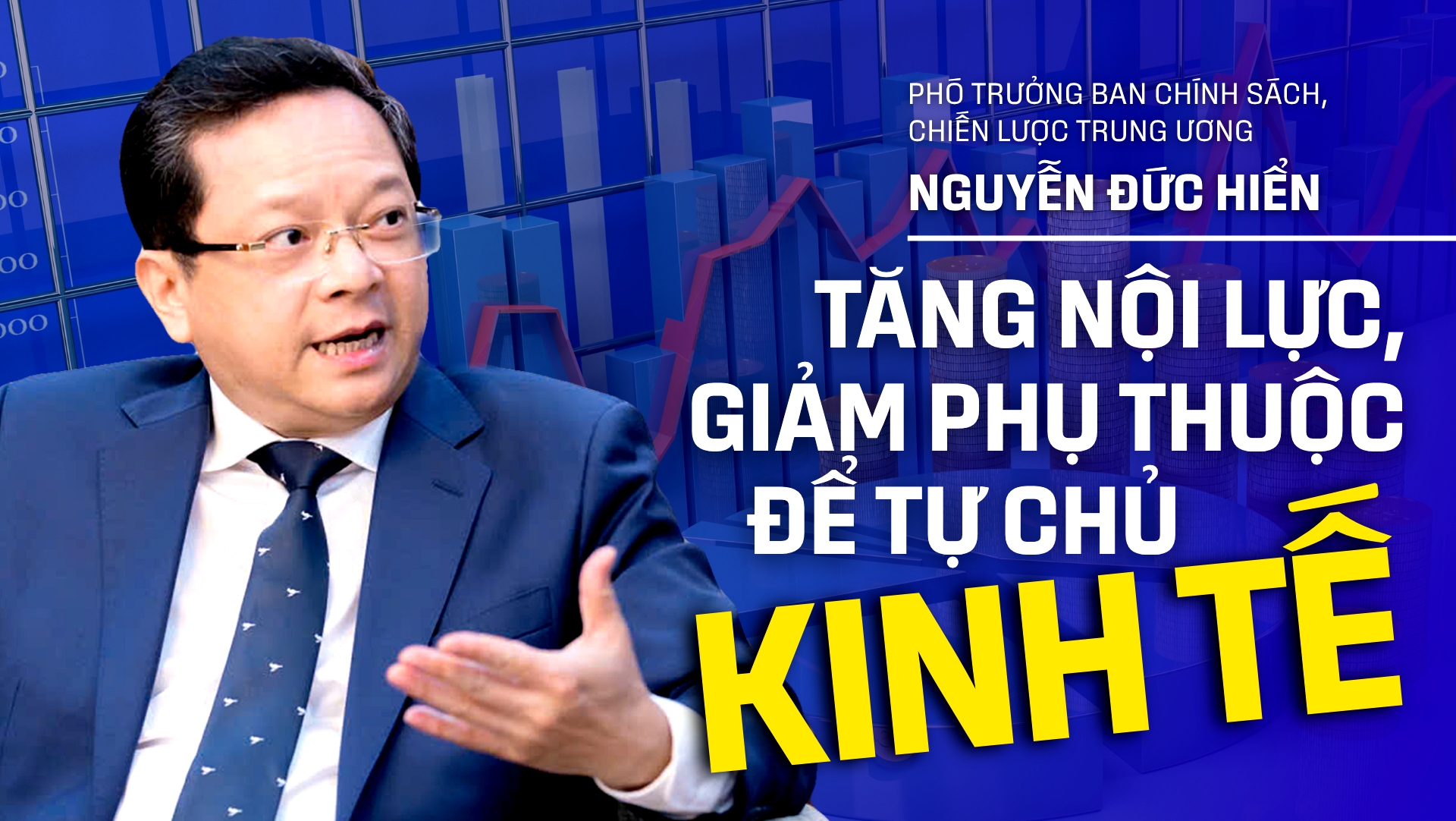
This is the goal set forth in the Draft Political Report of the 13th Party Central Committee at the 14th National Congress of the Party (Draft Party Document).
Talking to Tuoi Tre about this goal, Mr. Nguyen Duc Hien - Deputy Head of the Central Policy and Strategy Committee - said that this is an ambitious goal, requiring great determination and effort to achieve.
* According to you, what is a self-reliant economy ?
- First of all, a self-reliant economy in a flat world , with deep international integration and globalization must be understood as an economy with high adaptability, ensuring relative independence, less vulnerability, and the capacity to withstand, recover and develop in the face of major regional and international fluctuations and shocks.
For Vietnam today, the total value of imports and exports is up to nearly 160% of GDP. A noteworthy reality is the large role but lack of connection with domestic enterprises of the foreign direct investment (FDI) sector.
In 2024, the FDI sector contributed up to 71.7% of total export turnover and 63.2% of import turnover, but only created about 10% of jobs and contributed about 20% to GDP.
Vietnam's position in the global value chain (GVC) mainly comes from this region, especially in the electronics, computer, textile, and footwear industries.
Export is an important growth driver of the economy in the coming years - Photo: QUANG DINH
Meanwhile, the connection between FDI enterprises and domestic enterprises is very limited. According to calculations, about 18% of Vietnamese enterprises are connected to the global supply chain and mainly concentrated in large enterprises.
The quality of Vietnam's domestic suppliers is low, ranked 116/137 countries, far behind regional countries such as: Malaysia ranked 23, Indonesia ranked 54, Philippines ranked 73 or Thailand ranked 74 (World Economic Forum, 2024).
Supporting industries only meet about 10-15% of domestic demand. Vietnamese enterprises are therefore still struggling in the processing and assembly stages with low added value in the value chain.
* What do we need to do to achieve economic autonomy?
- To achieve economic autonomy, it is necessary to synchronously implement a number of strategic solutions, in which the consistent orientation is to enhance the self-reliance and self-reliance capacity of the national production sector, creating a reasonable balance between exploiting and promoting internal resources - the domestic market and internal resources with external resources - FDI and import and export.
Specifically, it is necessary to restructure the export model and strategy, strongly shifting from an export model based on quantity to high value-added exports, from dominating the market by competing on price to an export strategy based on brands, high standards and products with high technology content, design, and "make in Vietnam" characteristics.
Modern connectivity infrastructure will boost growth - Photo: HONG QUANG
Promote the shift in the structure of export goods in depth, towards the core of industrialization and modernization, focusing on increasing domestic value in exports, reducing dependence on imported raw materials, spare parts and components.
Enhance Vietnam's autonomy when participating in GVCs. Accordingly, encourage and create an environment that stimulates domestic enterprises to participate more deeply in the chain, increase the domestic contribution rate, and increase the "make in Vietnam" content in export value.
At the same time, promote domestic enterprises to participate in high value-added segments in the value chain. Encourage domestic enterprises to diversify their supply chains, reduce dependence on some major trade partners such as the US and China, and proactively seek new markets.
Prepare conditions for deeper participation in the strategic supply chains of countries with high scientific and technological potential.
Tan Son Nhat International Airport Terminal - the gateway connecting Ho Chi Minh City with the world - Photo: QUANG DINH
Promote linkages between FDI enterprises and domestic enterprises, especially in basic, spearhead, and priority industries; have a mechanism for large FDI projects to have a plan to use domestic supply chains right from the project approval stage.
Develop a conditional support mechanism with effective evaluation, in which incentives and support are tied to specific commitments on localization rates, technology transfer, R&D investment, domestic supply chain development, on-site human resource training, and innovation center construction. Apply the post-incentive mechanism - incentives based on results to promote the transfer of modern technology to domestic enterprises.
Improve efficiency and competitiveness, gradually master the technology of a number of fundamental, strategic, and priority industries, such as energy, mechanical engineering, metallurgy, new materials, chemicals, digital technology, and biology.
Promote development and mastery of production technology in a number of new industries such as semiconductor chip industry, robotics and automation industry, artificial intelligence (AI), advanced materials, materials for mechanical engineering industry, biological industry, environmental industry, renewable energy, and new energy.
Step by step build and develop atomic energy application industry, aerospace industry, quantum industry.
Developing industry serving agriculture; industry serving national defense and security; modern construction industry; cultural industry, heritage economy; a number of important industrial clusters, large-scale, modern industrial complexes on a regional and inter-regional scale.
* In the 2026 - 2030 period, the Party set a target of annual GDP growth of over 10%, GDP per capita reaching 8,500 USD. Is this too ambitious a target when in reality, during the 40 years of economic renovation, the economy has never achieved this growth level?
Before entering the implementation of the "double-digit" growth target in the period 2026-2030, Vietnam's economy faces many difficulties and challenges. The world is witnessing major trends that are reshaping the economic game.
The rise of policies that promote economic security, protect strategic industries, and enhance supply chain autonomy.
Countries are proactively integrating and cooperating internationally and regionally through new FTAs and new cooperation mechanisms. The race for core technology and artificial intelligence (AI) is increasingly fierce, with huge investments from the US, China, South Korea and the EU.
Samsung R&D Center in Hanoi - Photo: HONG QUANG
Along with strict policies to control and "prevent loss" of core technology and strategic technology from a number of large countries, it creates both opportunities and risks of "being left behind" for countries that cannot catch up.
At the same time, the trend of green transformation and sustainable development is becoming a mandatory standard, requiring clean technology and strict emission standards...
Domestically, Vietnam's average GDP growth rate in the 2021-2025 period has not yet reached the set target and is much lower than that of Asian countries/territories in the middle-income trap period such as Japan, South Korea, Taiwan, Hong Kong and Singapore.
Meanwhile, traditional growth drivers are reaching their limits. Labor productivity and total factor productivity (TFP) if they continue to follow the old trends and exploitation methods are not strong enough to shoulder the double-digit growth target.
According to calculations, to achieve the growth target of 10% in the period 2026 - 2030, the TFP growth rate must reach about 5.5 - 6%. However, if the TFP improvement rate is only maintained as in the recent period, the GDP growth target may decrease by 2.5 - 3 percentage points.
Similarly, the labor productivity growth rate needs to reach about 8.5%/year, but if it only increases to 6.5%/year, the 10% growth target will be reduced by 2.4 percentage points.
Therefore, maintaining the old growth model will become a big challenge for the "double-digit" growth target in the new period.
* So what will be the advantages for the economy to grow rapidly in the next 5 years?
- Despite many challenges, Vietnam is facing a historic opportunity as well as many favorable conditions for breakthrough development.
It is an economy that has overcome many difficulties, maintained macroeconomic stability, and maintained a fairly good growth momentum compared to other countries in the region and the world.
Major balances of the economy are ensured, public debt, government debt, and foreign debt are well controlled, much lower than the warning level. Monetary policy, fiscal policy, and other macroeconomic policies are coordinated synchronously, harmoniously, flexibly, and promptly.
Vietnam’s position in the international arena is increasingly increasing. The accumulation of internal strength, potential and adaptability of the economy has been enhanced, creating momentum for rapid growth in the next stage. In particular, breakthroughs in thinking, vision and new ways of doing things have been and are creating great momentum for Vietnam’s economic growth.
Tan Son Nhat International Airport Terminal - the gateway connecting Ho Chi Minh City with the world - Photo: A LOC
Recently, the Central Government has issued and implemented many revolutionary strategic decisions resolutely, synchronously and effectively. Streamlining the apparatus and "reorganizing the country" helps optimize resources, creating new development space and more advantages.
A stable socio-political environment with great advantages in terms of special geopolitical and geo-economic position and strong integration with 17 Free Trade Agreements (FTAs) linking with about 60 key economies in the region and globally, having strategic partnerships and comprehensive partnerships with 20 countries, including all permanent members of the United Nations Security Council.
At the same time, Vietnam is facing the opportunity to become a destination to attract high-quality FDI capital flows, especially in the fields of technology and green energy; the opportunity to participate more deeply in regional and global supply chains, not only in processing and assembly but also in higher value stages such as R&D, design and marketing.
In addition, new economic models and potential new economic sectors are creating breakthrough opportunities for Vietnam such as: digital economy, data and AI economy, green economy, circular economy, sharing economy, care economy, low-carbon economy, low-range economy, aerospace economy, some industries such as semiconductor chips, automation, bio-industry, new energy.
Improving the quality of human resources to improve labor productivity - Photo: HONG QUANG
The potential of the digital economy is enormous, predicted to contribute 90 - 200 billion USD to GDP by 2030 (E-conomy, SEA 2024). AI alone can contribute 120 - 130 billion USD to GDP by 2034 (Pitchbook, GenAI Startup Report 2024).
Quantitative calculations by the Central Policy and Strategy Committee's research team show that promoting the speed of digital transformation and the rise of a number of foundational technology industries have a positive, significant impact on GDP growth.
However, the current challenge is that the spread of the digital economy in the economy is still very limited. Most of the digital economic value is still concentrated in core industries instead of permeating and improving productivity for other economic sectors.
The combined impact of the above factors can help the economy make a strong shift, grow and develop breakthroughs in the coming period.
The global and domestic economic context is posing Vietnam with challenging development problems but also many opportunities.
To achieve the high growth target of over 10% in the 2026 - 2030 period, Vietnam is facing an inevitable requirement, which is to have a breakthrough in thinking and decisive action.
First of all, it is necessary to start with a change in policy thinking. The implementation of the high growth target must ensure that growth is not sacrificed at all costs, giving top priority to macroeconomic stability and enhancing the resilience of the economy with strategic steps.
Vietnam needs to simultaneously implement the requirements of both "renewing" traditional growth drivers and activating new growth drivers, promoting the development of new economic models, spaces, and new economic sectors, on the basis of rapidly improving internal capacity, independence, and autonomy, creating momentum for the economy.
* One of the weaknesses pointed out in the draft document is that economic growth is still below potential, productivity, quality, efficiency and competitiveness of the economy are still low, what do we need to do to improve?
- Increasing labor productivity and economic competitiveness is a continuous requirement, aiming to achieve the high growth target of over 10% in the coming period. Solutions to increase labor productivity and economic competitiveness will be comprehensive and inclusive.
In particular, focusing on promoting science, technology, innovation, taking science, technology and innovation as the center to increase production capacity. Creating breakthroughs in the fields of science, technology, innovation and digital transformation is a key factor to improve productivity, quality, efficiency and competitiveness of the economy.
At the same time, promote training, improve the quality of human resources, create key driving forces to improve productivity and efficiency.
Super cities Hanoi and Ho Chi Minh City are two important growth poles of the country - Photo: HONG QUANG - CHAU TUAN
Strengthen internal resources, encourage and support businesses to participate more deeply in the global value chain, and improve business competitiveness.
Improve the quality, efficiency and competitiveness of industries, in each stage. Improve the efficiency and competitiveness of some basic industries.
Developing new types of services, advantageous connection services with high added value such as financial services, banking, insurance, securities, digital assets, trade services, transportation services, logistics...
Promote the application of science, technology, and digital transformation in agriculture. Develop large-scale commodity production areas with high quality and added value, associated with deep processing and product branding.
* The draft document also aims to establish a new growth model in the coming period. In your opinion, how should the new growth model be different from the current growth model so that we can bring the country into an era of growth?
- The draft document of the Party clearly states: "Establishing a new growth model with the goal of improving productivity, quality, efficiency, added value and competitiveness of the economy; taking science, technology, innovation and digital transformation as the main driving force; creating new high-quality production capacity and production methods, focusing on data economy and digital economy; promoting digital transformation, green transformation, energy transformation, structural transformation and quality of human resources".
Thus, the economic model is strongly promoted to shift growth in breadth, from production based mainly on processing based on cheap labor to a growth model based on productivity, quality, efficiency, on the basis of science, technology and innovation, increasing internal strength and global value.
The big difference in the growth model for the next period is shown through the "four pillars" newly issued by the Politburo.
That is, Resolution No. 57-NQ/TW identifies the development of science, technology, innovation and digital transformation as "top important breakthroughs" to promote modernization and create new growth drivers.
Resolution No. 68-NQ/TW on private economic development. Resolution No. 66-NQ/TW on innovation in law making and enforcement to meet the requirements of national development in the new era is considered a "breakthrough of breakthroughs", according to which institutional reform is not only for management but also for creating development, liberating and mobilizing all resources.
Resolution No. 60-NQ/TW on the arrangement of provinces and cities and the transition to a two-level government is an important step, opening up many development opportunities.
In addition, Resolution 59-NQ/TW on international integration in the new situation, raising the level of integration in all fields, with the goal of international integration to develop and increase internal strength and national position.
Not only that, new growth drivers are also determined by new economic models and new industries. The new growth model also emphasizes the synchronous implementation of digital transformation, green transformation, energy transformation, transformation of human resource structure and quality, attracting and utilizing talents, and promoting the development of new productive forces.
The export model based on processing and quantity is becoming fragile and vulnerable to tariff barriers and fluctuations in world markets, especially the US's reciprocal tax policy.
During the "take-off" phase, the most important thing for the economy is still to attract foreign investment capital in this way or that way such as attracting FDI capital, borrowing foreign capital, attracting foreign capital into Vietnam through the stock market, issuing international bonds to create a turning point.
Vietnam is a developing country so it needs a lot of capital to invest in infrastructure development, high-tech industries and strategic industries to become a developed country.
We want to transform the growth model from processing and assembling to a new growth model with higher added value, which also requires a lot of capital to invest in science and technology, moving towards mastering technology. Capital will be the first and foremost factor, the remaining factors such as technology will follow the capital flow into Vietnam.
And to attract foreign investment to meet the country's development needs, the Government and localities must, in one way or another, make strong enough commitments to attract FDI investors with source technology and core technology ready to invest and stay with Vietnam for the long term.
Thus, the commitment and implementation of commitments must be consistent from the central to local levels, thereby creating trust so that investors can feel secure doing business in Vietnam.
The old growth model, which relied on "width-based" input factors, has revealed its inherent limitations: low labor productivity, low added value, heavy dependence on the FDI sector and the risk of falling into the middle-income trap.
The new growth model that Vietnam is aiming for must be one based on quality, efficiency, competitiveness, and sustainable development.
As modern economic theories (especially in the 2025 Nobel Prize-winning work in Economics) have clearly shown, sustainable growth is growth that does not "burn" natural and human resources.
Innovation is therefore not only a tool to increase GDP, but also a tool to make more efficient use of limited resources, creating green and inclusive growth.
To make this transformation, innovation is no longer an option, but the main and decisive driving force. This role is demonstrated in the following aspects.
Heavy investment in strategic industries will help Vietnam grow higher
Innovation is the key factor to improve labor productivity. Growth cannot always rely on increasing the number of labor or investment capital, but must rely on increasing total factor productivity (TFP), the core of which is scientific and technological progress and innovation. This is the only way to escape the threshold of cheap labor.
Innovation is a prerequisite for restructuring the economy and moving up the global value chain.
Innovation helps businesses shift from processing and assembly stages (low added value) to research and development (R&D), design, mastering core technology, strategic technology and brand building stages (high added value).
Innovation is the foundation for building a self-reliant economy. A self-reliant economy must have the capacity to be self-reliant in technology, master the production process, and develop basic industries.
Only innovation can help reduce dependence on imported machinery, equipment and raw materials, and increase the economy's resilience to external fluctuations.
Innovation creates new national competitive advantages. As the advantage in labor and resource costs gradually disappears, Vietnam's future competitive advantage must be built on a foundation of knowledge, technology and new business models.
VinUni University, a training facility for high-quality human resources in recent years - Photo: HONG QUANG
Content: Performed by BAO NGOC
Presented by: AN BINH
Tuoitre.vn
Source: https://tuoitre.vn/gop-y-van-kien-dai-hoi-dang-xiv-tang-noi-luc-giam-phu-thuoc-de-tu-chu-kinh-te-20251027114635507.htm



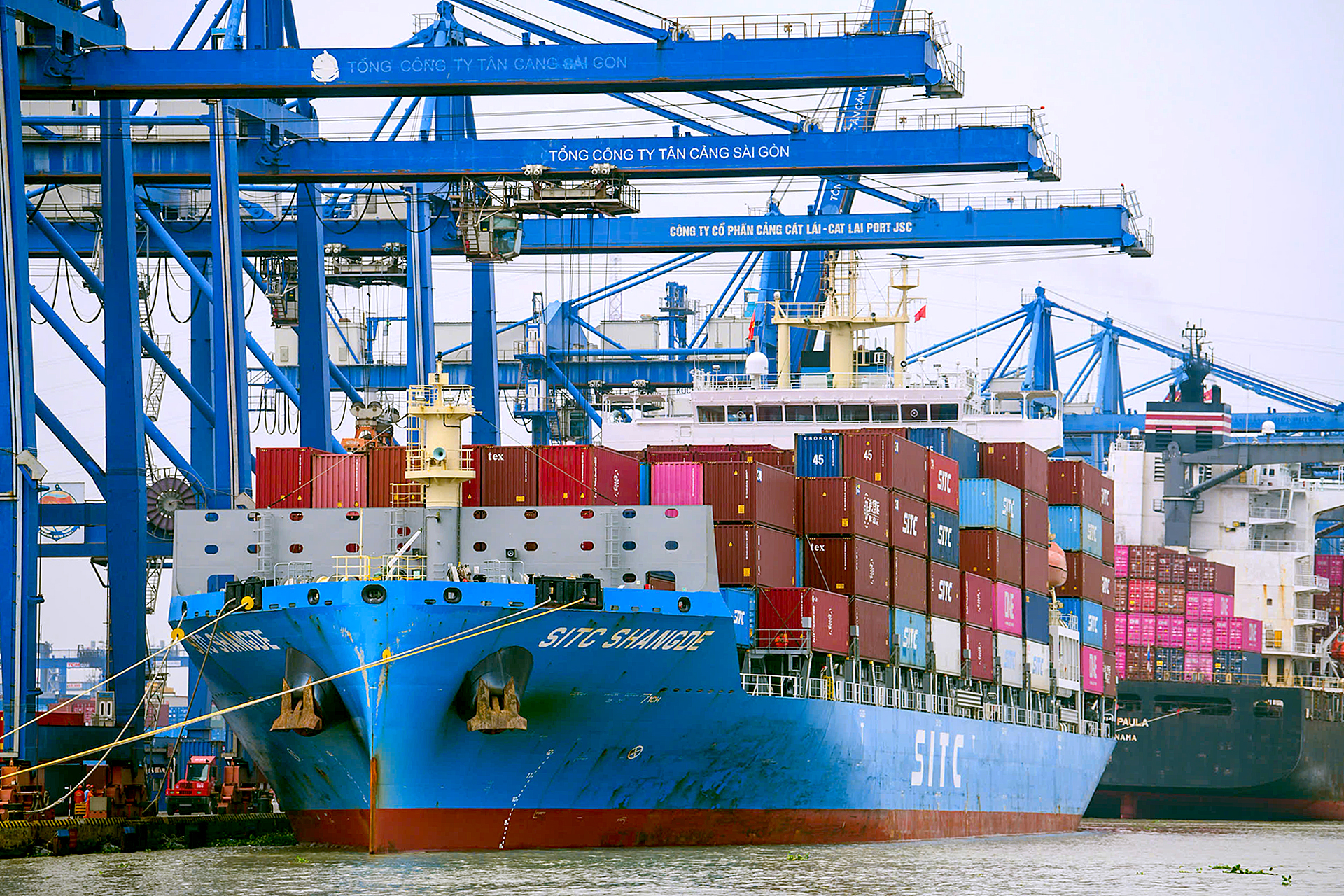
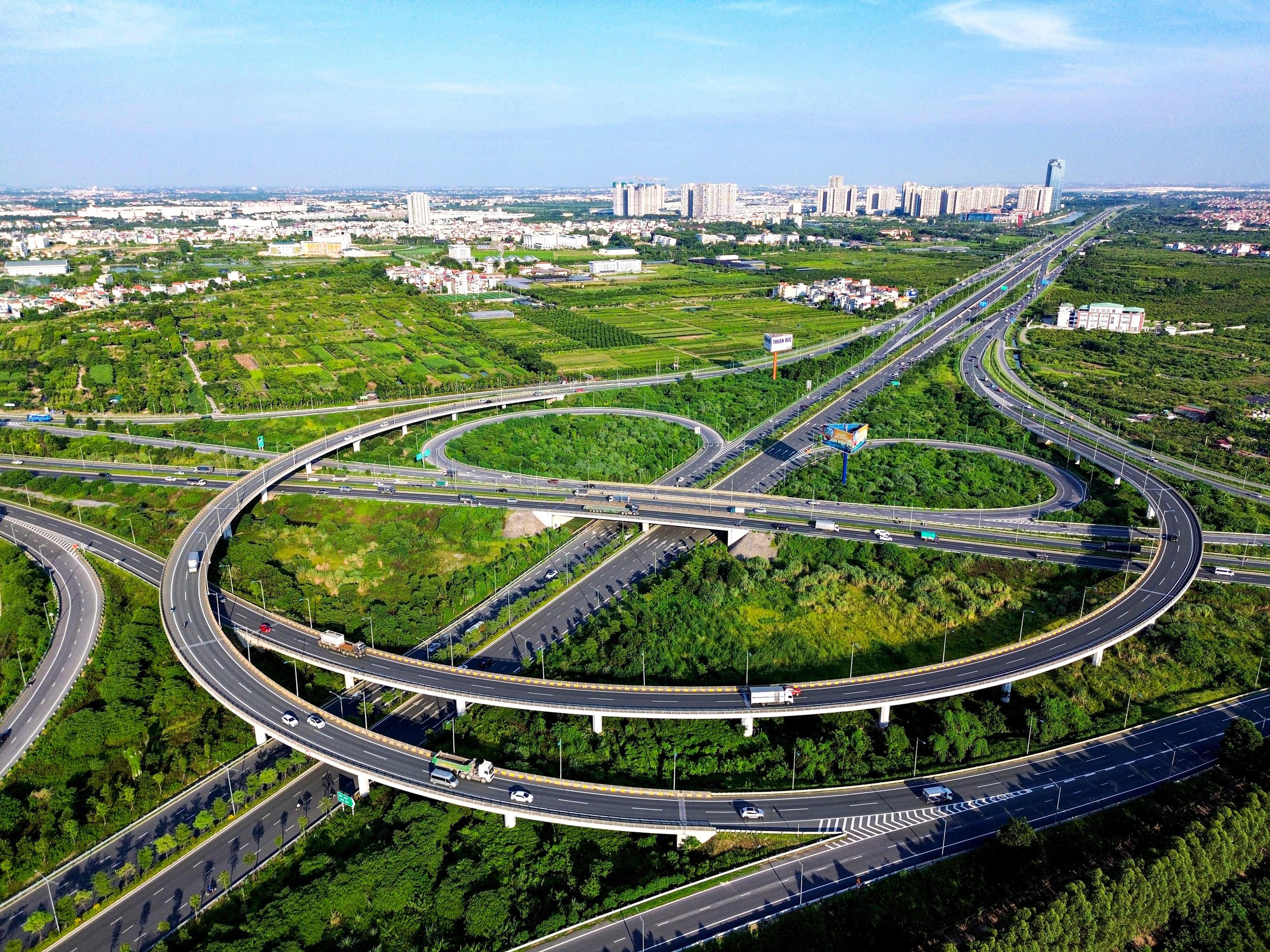
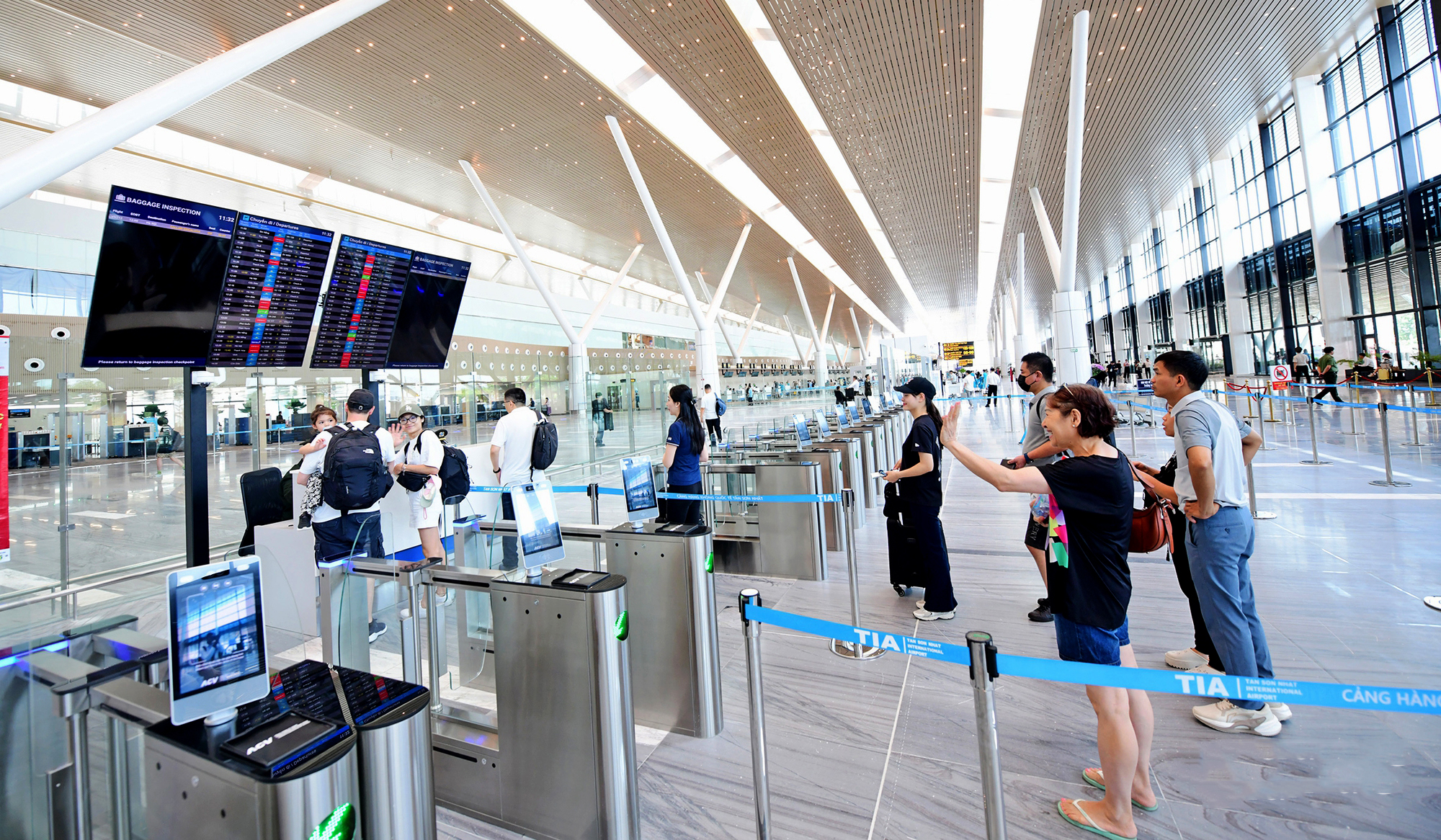
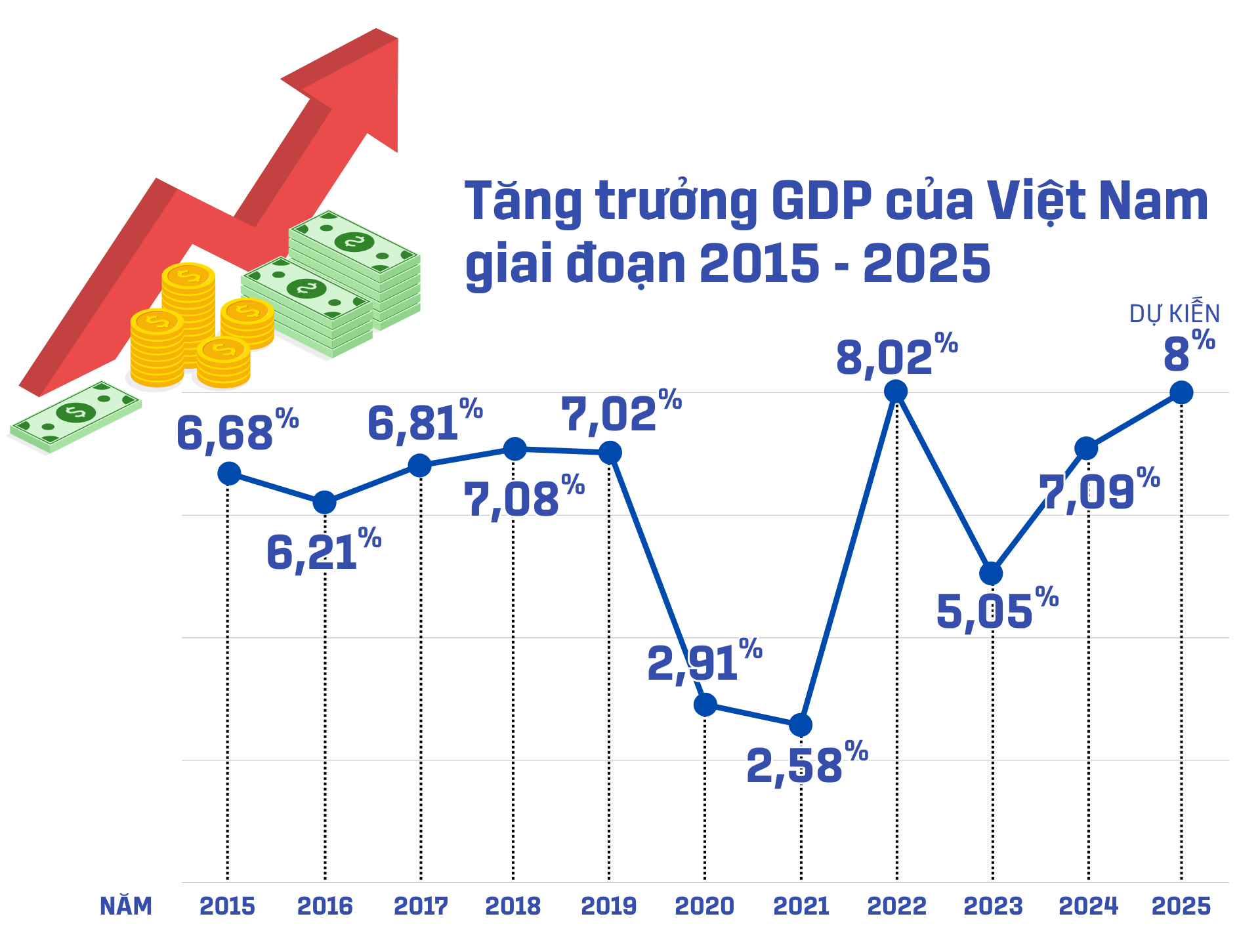

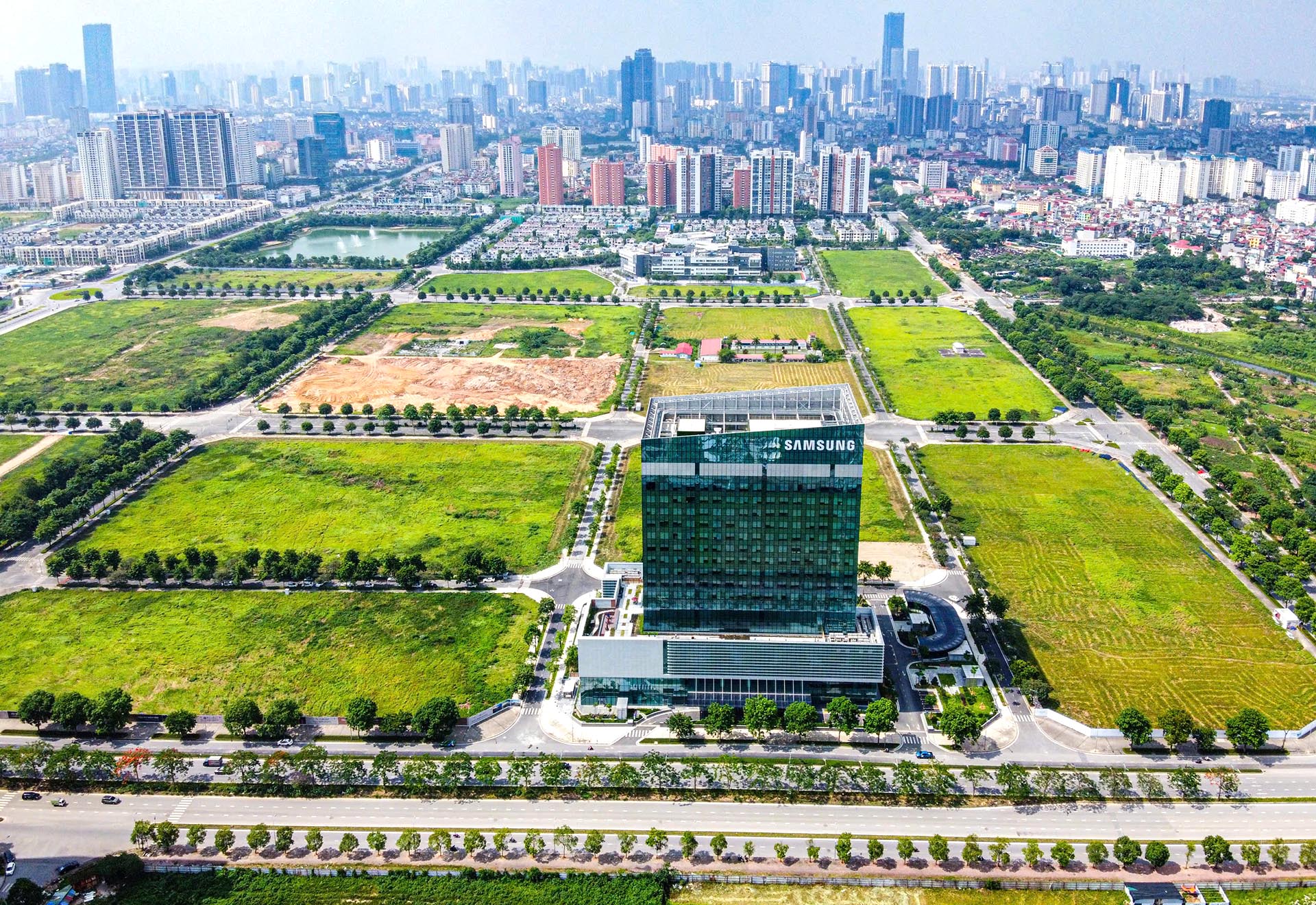
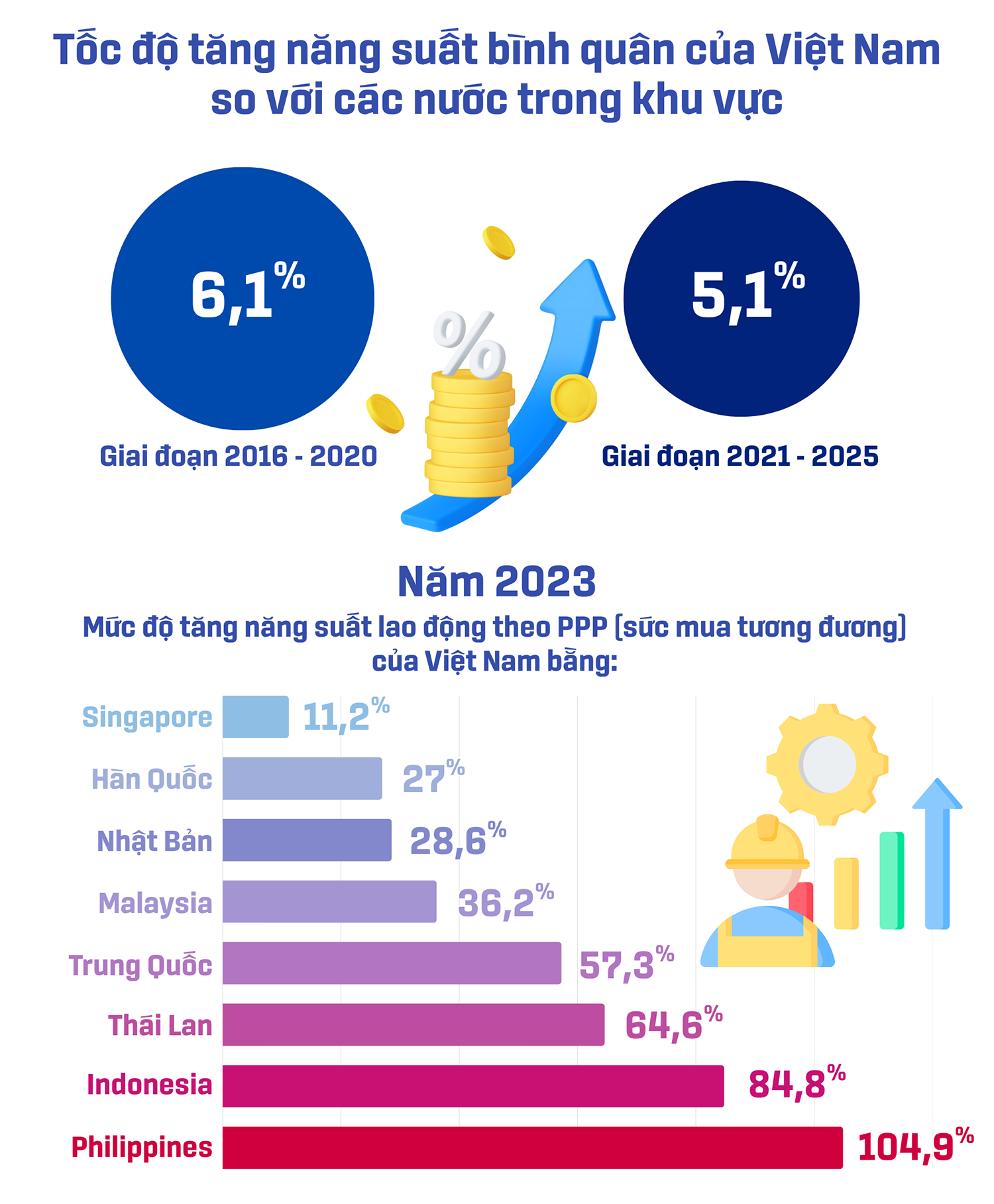
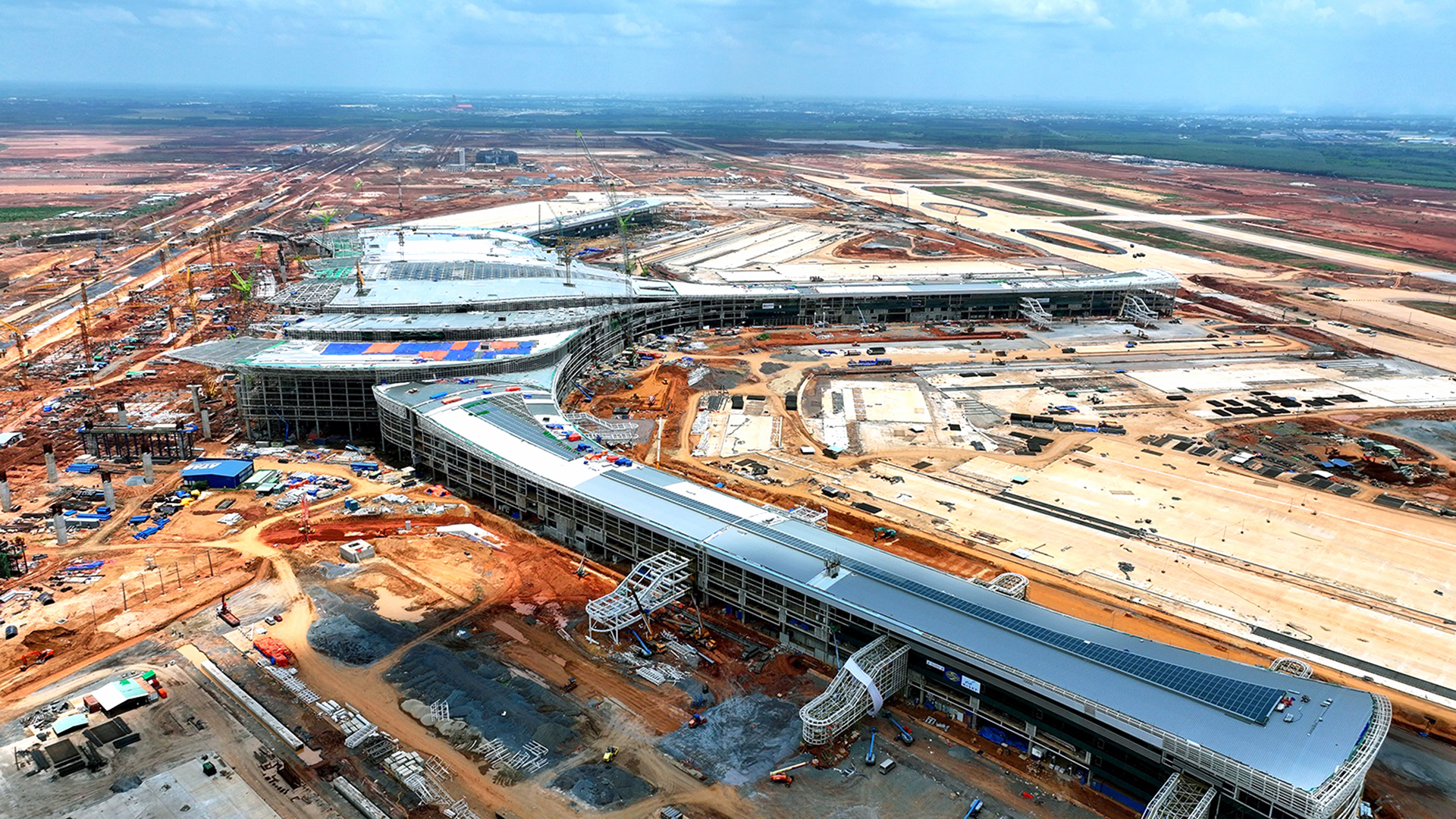

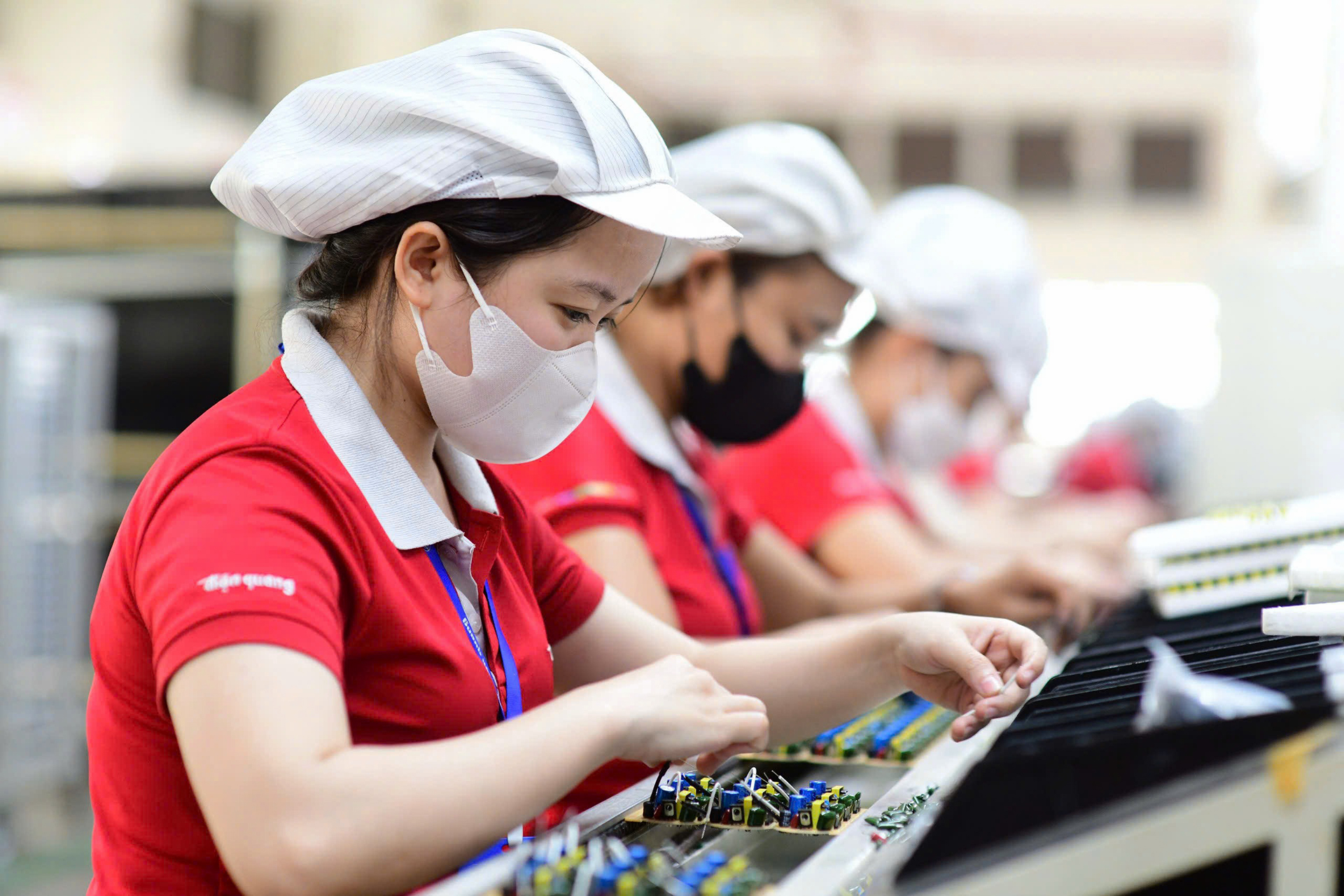
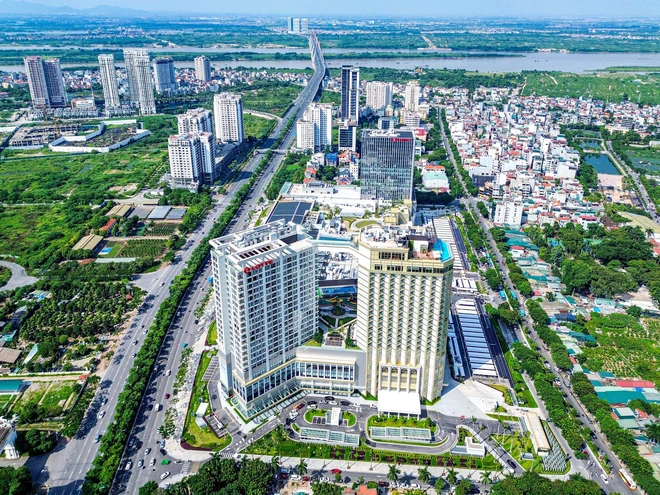
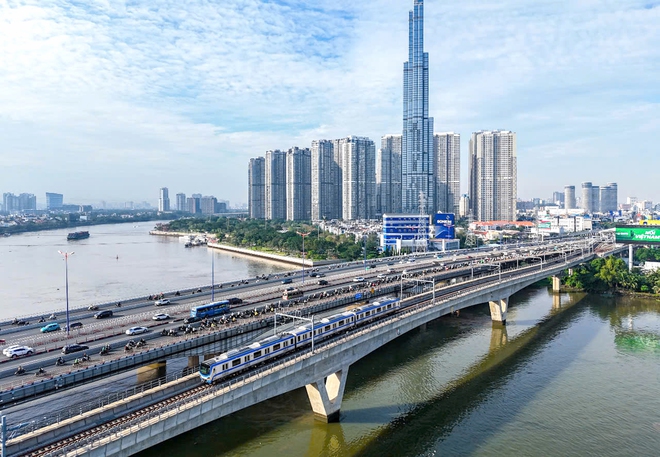
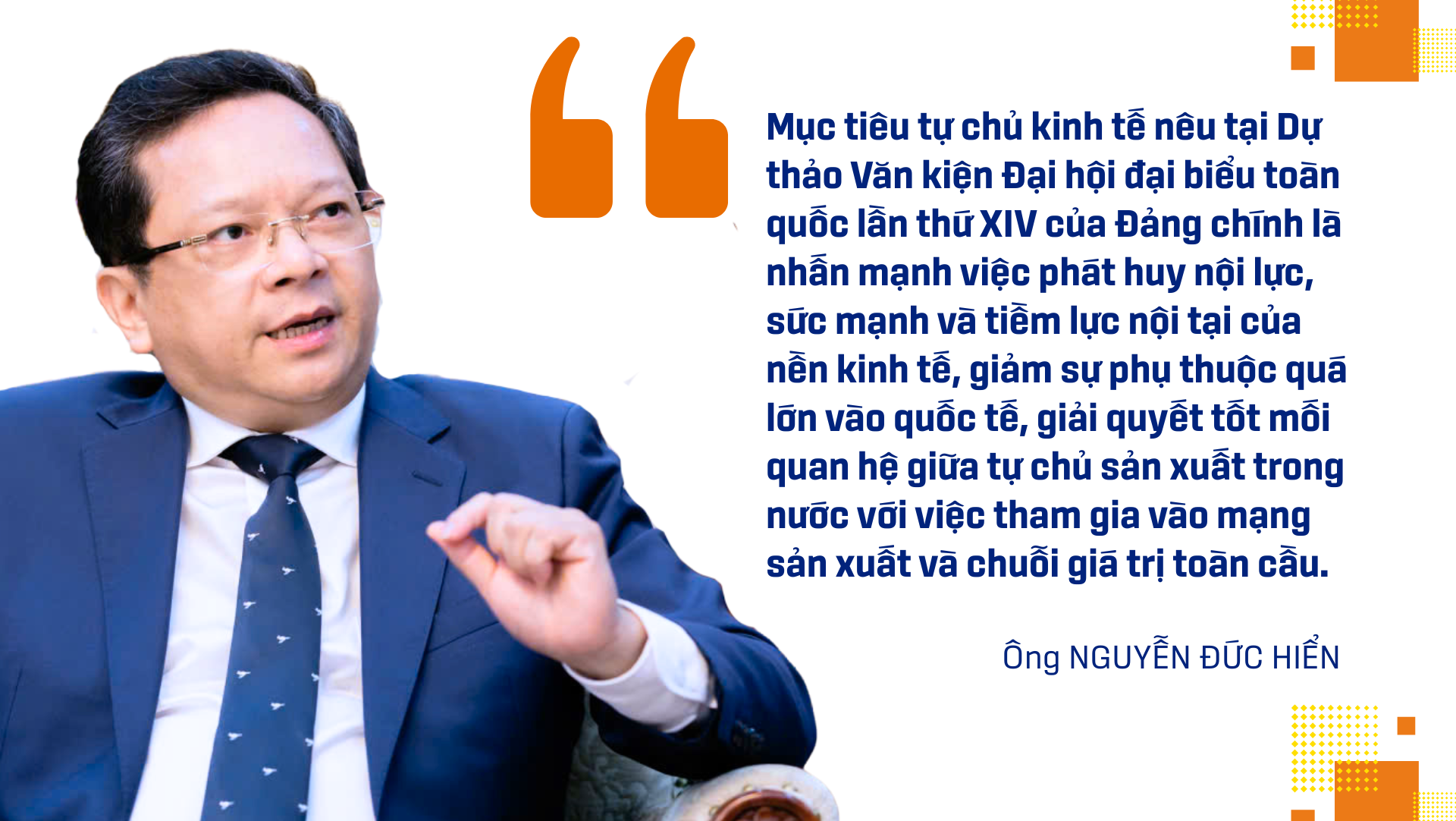

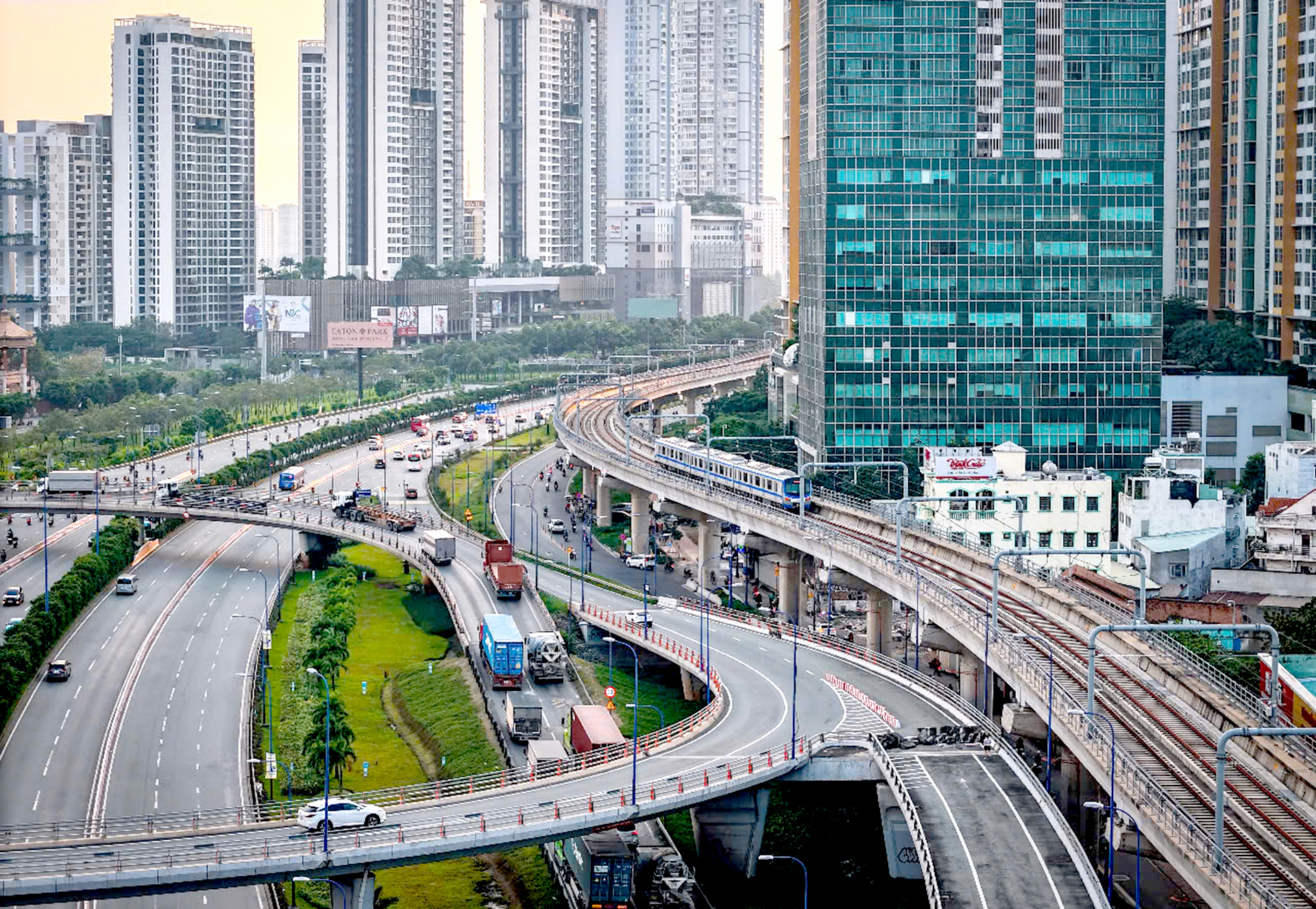



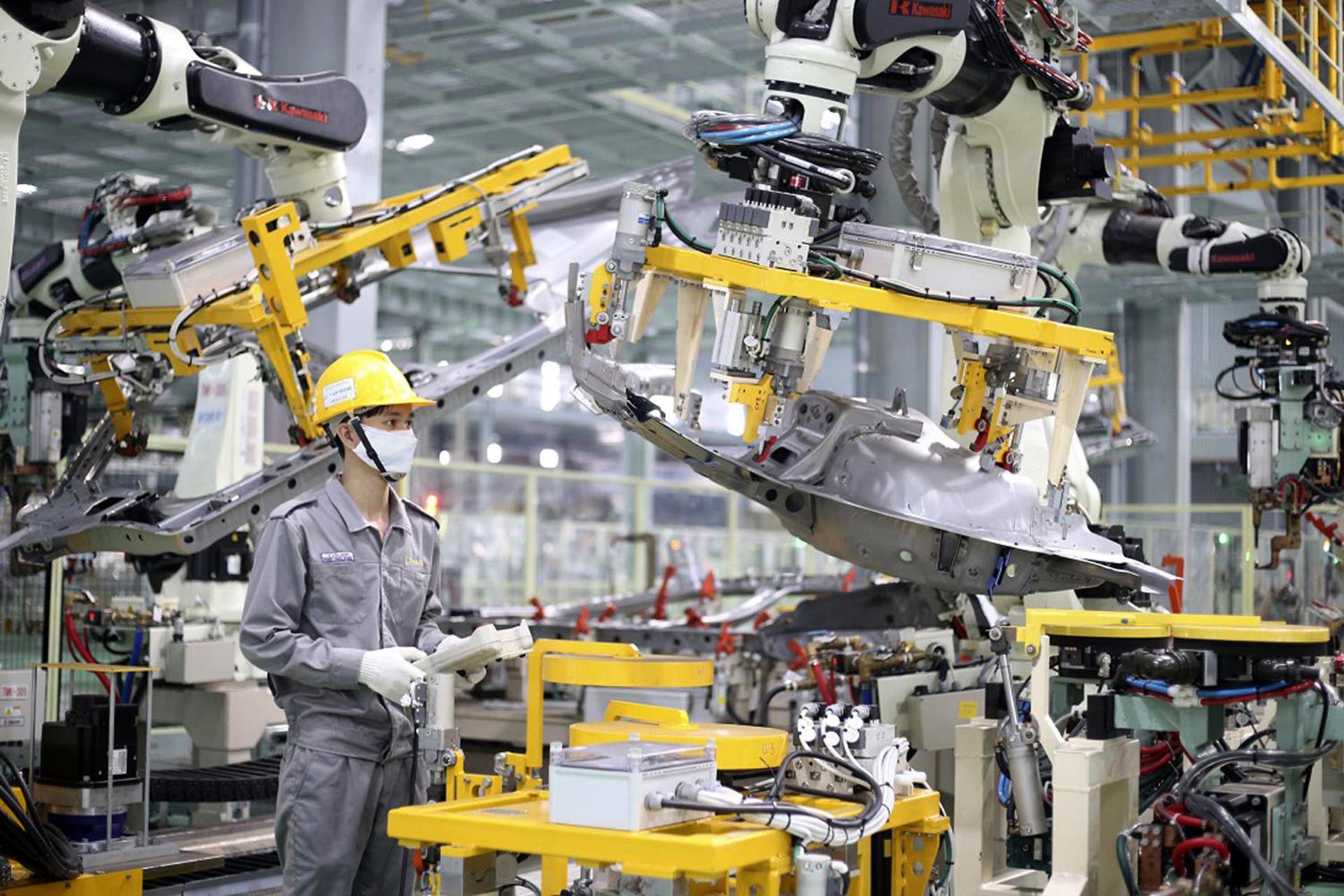


![[Photo] National Assembly Chairman Tran Thanh Man receives foreign ambassadors who came to say goodbye](https://vphoto.vietnam.vn/thumb/1200x675/vietnam/resource/IMAGE/2025/10/30/1761820977744_ndo_br_1-jpg.webp)
![[Photo] Touching scene of thousands of people saving the embankment from the raging water](https://vphoto.vietnam.vn/thumb/1200x675/vietnam/resource/IMAGE/2025/10/30/1761825173837_ndo_br_ho-de-3-jpg.webp)
![[Photo] General Secretary To Lam meets former British Prime Minister Tony Blair](https://vphoto.vietnam.vn/thumb/1200x675/vietnam/resource/IMAGE/2025/10/30/1761821573624_tbt-tl1-jpg.webp)

![[Photo] General Secretary To Lam attends the Vietnam-UK High-Level Economic Conference](https://vphoto.vietnam.vn/thumb/1200x675/vietnam/resource/IMAGE/2025/10/30/1761825773922_anh-1-3371-jpg.webp)
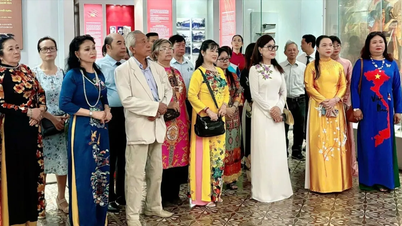

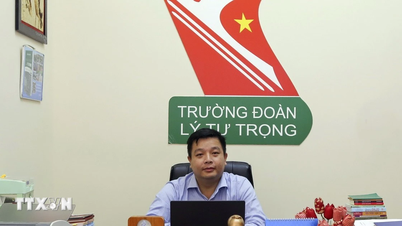

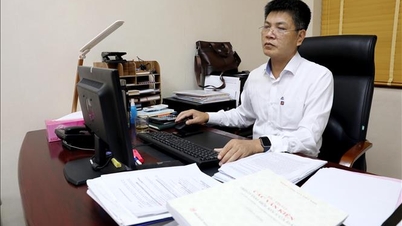

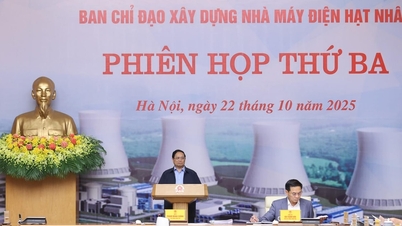







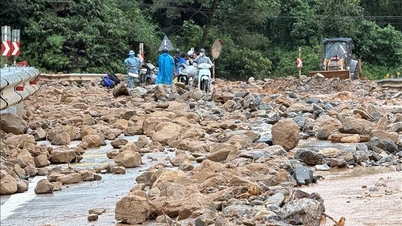







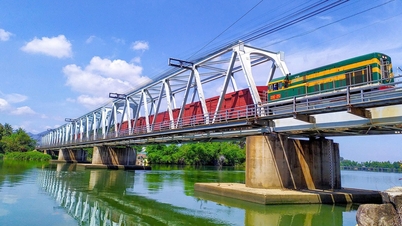





![[Photo] Standing member of the Secretariat Tran Cam Tu visits and encourages people in the flooded areas of Da Nang](https://vphoto.vietnam.vn/thumb/1200x675/vietnam/resource/IMAGE/2025/10/30/1761808671991_bt4-jpg.webp)





















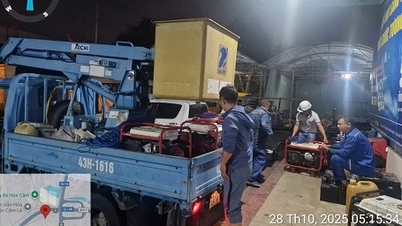



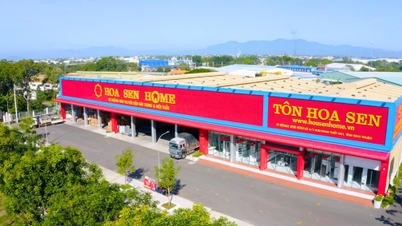


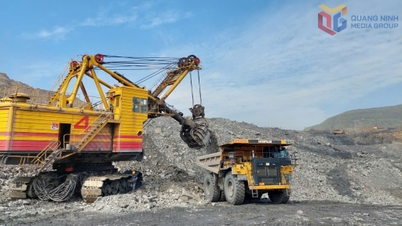








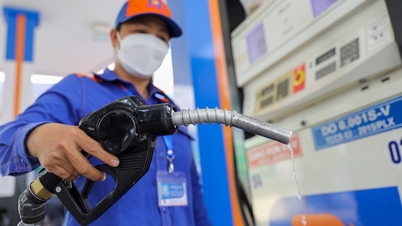



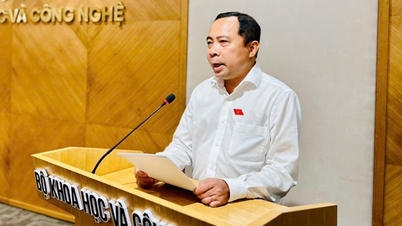

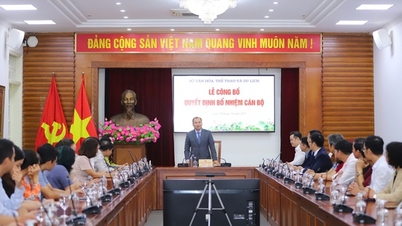



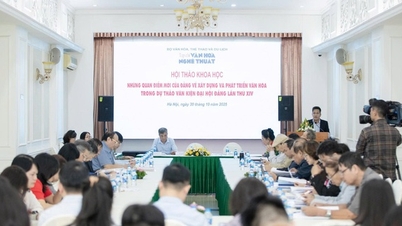
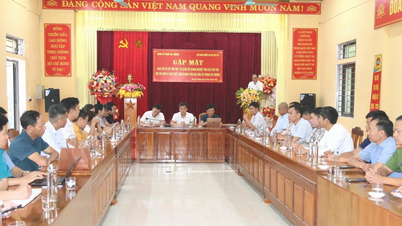

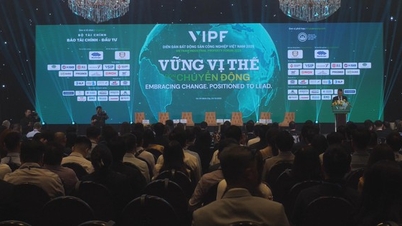

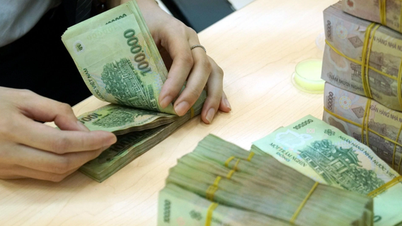



















Comment (0)